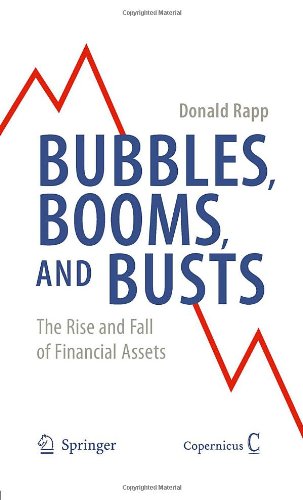

Most ebook files are in PDF format, so you can easily read them using various software such as Foxit Reader or directly on the Google Chrome browser.
Some ebook files are released by publishers in other formats such as .awz, .mobi, .epub, .fb2, etc. You may need to install specific software to read these formats on mobile/PC, such as Calibre.
Please read the tutorial at this link: https://ebookbell.com/faq
We offer FREE conversion to the popular formats you request; however, this may take some time. Therefore, right after payment, please email us, and we will try to provide the service as quickly as possible.
For some exceptional file formats or broken links (if any), please refrain from opening any disputes. Instead, email us first, and we will try to assist within a maximum of 6 hours.
EbookBell Team

4.1
20 reviewsThis book provides a thorough explanation of the nature and history of booms, bubbles and busts in financial markets. The first part of the book deals with financial booms and bubbles and how they emerge, develop and collapse. It describes the distribution of wealth, inflation, rationality of bankers, monetary and fiscal policy, the role of central banks, tax policies, social security, US federal, state, municipal and personal debt, and valuation of common stocks.
The book describes historical boom/bust cycles including bubbles of the 1720s, the Florida land boom and the stock market in the 1920s, the depression of the 1930s, the S&L scandal of the 1980s, the great bull market of 1982-1995, the crash of 1987, the dot.com mania of 1995-2000, corporate swindles of the 1990s and 2000s, the sub-prime fiasco of the 2000s, and Japan in the late 20th century.
Most of the recent wealth generation has derived from increased debt and appreciation of paper assets. The architects of the new economics were Ronald Reagan and Arthur Greenspan. Inevitably, the US Government’s cure for excessive spending and inadequate revenues is to increase spending and cut revenues. American voters must choose between “tax and spend” Democrats and “spend and borrow” Republicans. The theme of American finance was uttered by VP Cheney: “Deficits don’t matter”.